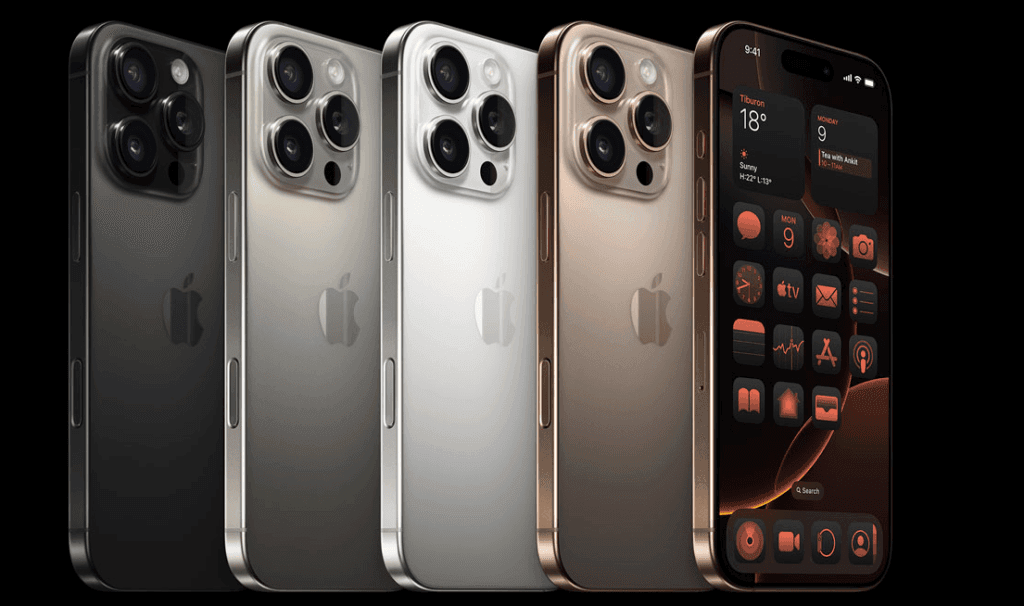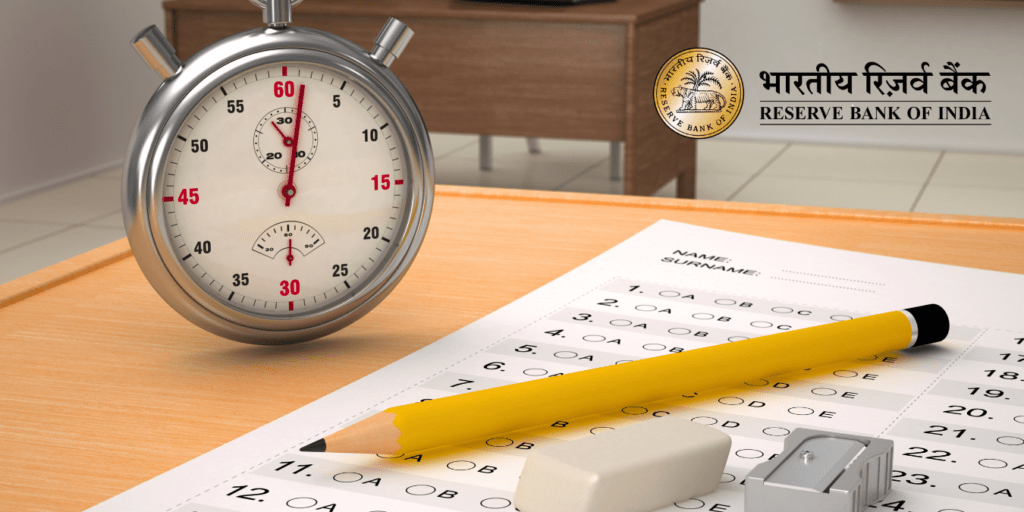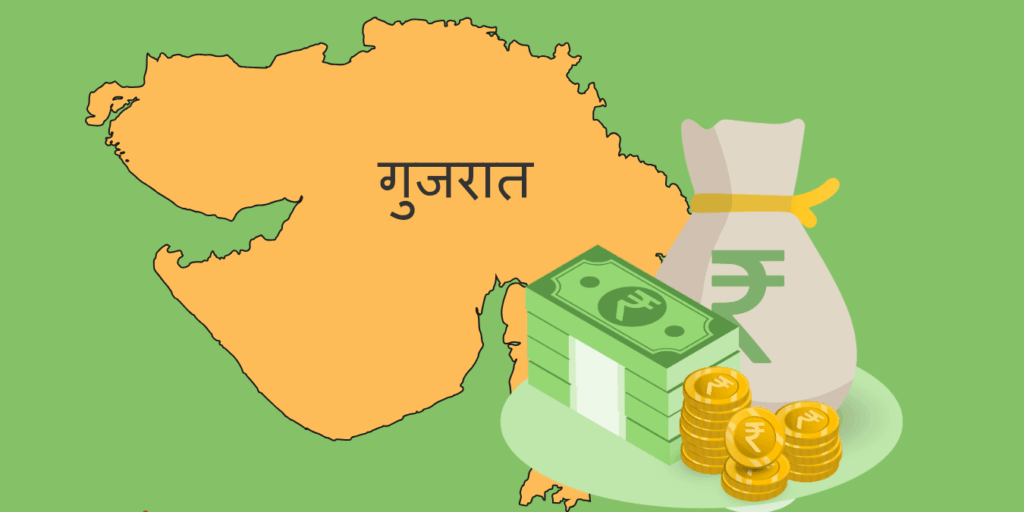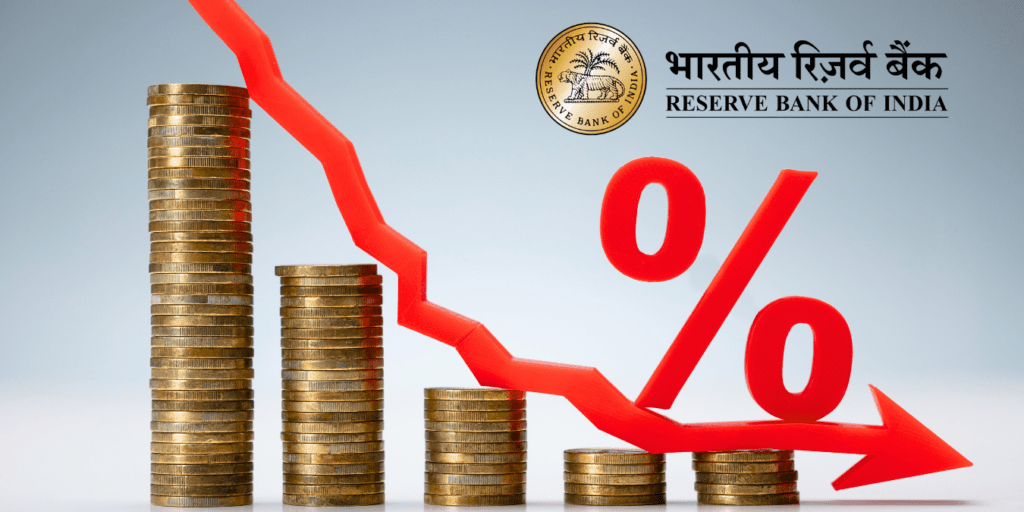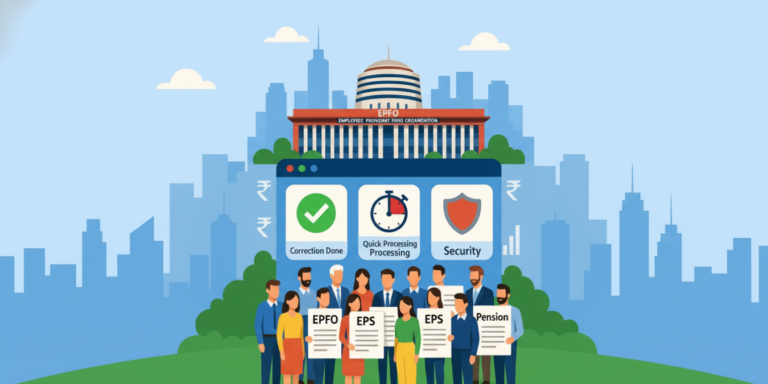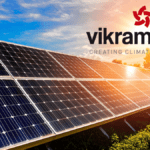BYD vs Tesla EVs: The Electric Vehicle Battle for India’s Roads
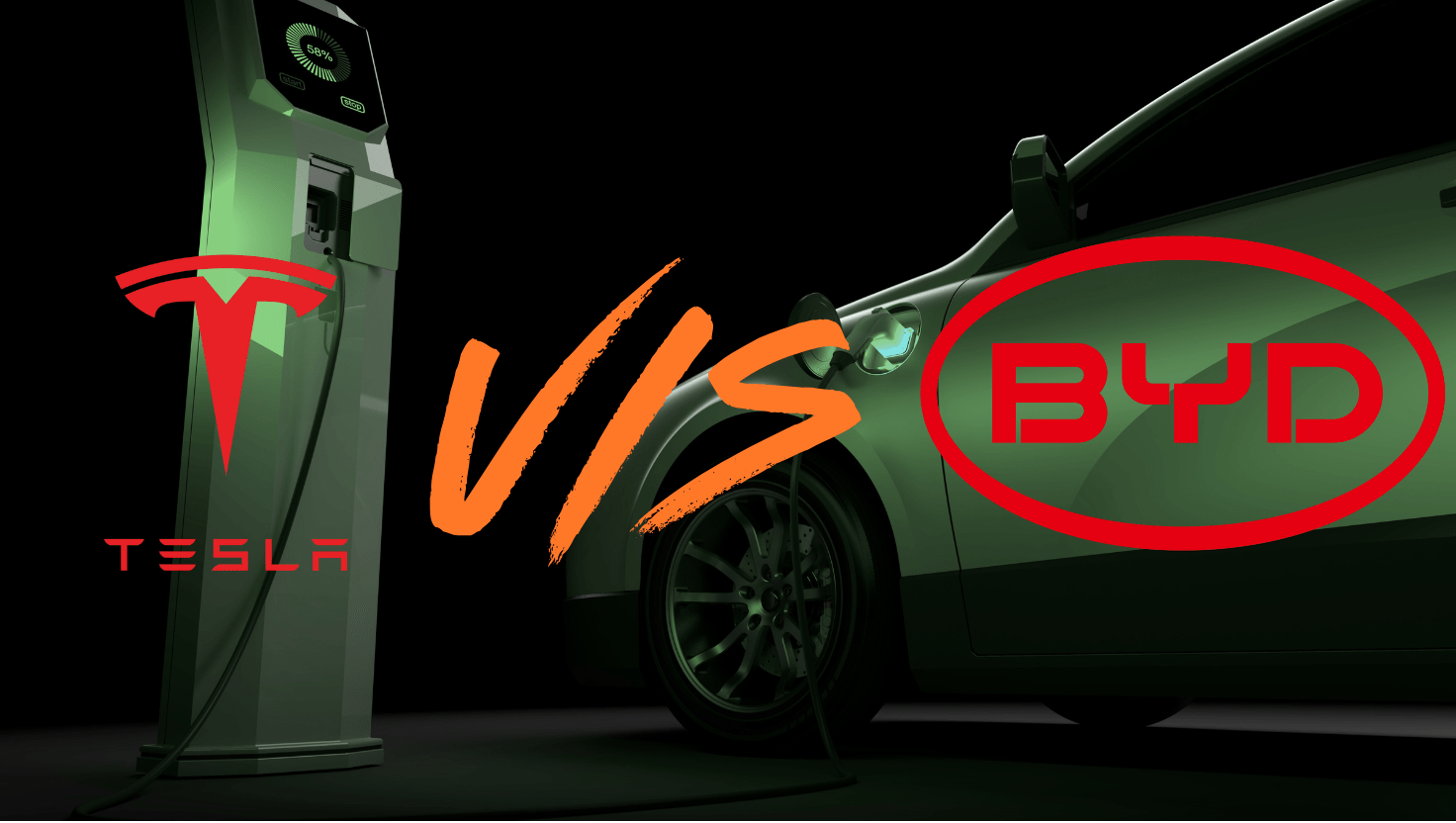
The electrifying BYD vs Tesla showdown! Uncover the secrets behind their cutting-edge battery tech, thrilling performance, and futuristic designs. Will BYD’s eco-friendly Blade Battery outshine Tesla’s high-density 4680 cells? Can Tesla’s Supercharger network trump BYD’s expanding chargers in India? Explore this suspenseful comparison of EVs to reveal which brand will dominate India’s electric revolution!
In the electrifying race towards a sustainable future, two giants stand tall in the global electric vehicle (EV) market: BYD (Build Your Dreams) and Tesla. For Indian car enthusiasts, eco-conscious drivers, and tech-savvy buyers, the question looms large: What sets BYD and Tesla apart beyond their brand names and price tags? As electric vehicles gain traction in India, with the government pushing for 30% EV adoption by 2030, this comparison dives deep into the nuances of these EV titans. Buckle up as we unravel the battle of technology, performance, and innovation, with a detailed table to guide your decision!
The Electric Revolution in India: Why BYD vs Tesla Matters
India’s EV market is buzzing with excitement. With rising fuel prices, growing environmental awareness, and government incentives like the FAME III scheme, electric vehicles are no longer a futuristic dream but a reality on Indian roads. BYD, a Chinese powerhouse, and Tesla, the American trailblazer, are vying for dominance in this burgeoning market. While BYD has already made inroads with models like the Atto 3 and e6, Tesla is gearing up to launch its Model 3 and Model Y in India by 2026, with a proposed manufacturing facility in Gujarat. But what makes these brands tick? Let’s peel back the layers to reveal the differences that could sway your choice.
The Core Differences: Beyond Names and Prices
While both BYD and Tesla are synonymous with electric mobility, their approaches differ significantly. From battery technology to design philosophy, here’s a suspenseful breakdown of what sets them apart.
- Battery Technology: The Heart of the EV
The battery is the soul of an electric vehicle, and here, BYD and Tesla play different cards.
BYD’s Blade Battery: BYD’s proprietary Lithium Iron Phosphate (LFP) Blade Battery is a game-changer. Known for its safety, durability, and cost-effectiveness, it uses no cobalt or nickel, reducing environmental impact. A 2025 study by German researchers found BYD’s Blade Battery to be €10 cheaper per kWh than Tesla’s, making it ideal for urban and mid-range EVs. Its thermal efficiency allows faster charging with simpler cooling systems, a boon for India’s hot climate.
Tesla’s 4680 Cells: Tesla’s Nickel-Manganese-Cobalt (NMC) 4680 cells prioritize high energy density (241 Wh/kg vs. BYD’s 160 Wh/kg), offering longer ranges. However, they generate twice the heat, requiring advanced cooling systems, which can strain performance in India’s tropical conditions. Tesla’s “tabless” design reduces production costs but is pricier due to expensive materials.
Suspenseful Twist: BYD’s 2024 Super e-Platform introduced a 10C Blade Battery, claiming a 400 km charge in just 5 minutes, outpacing Tesla’s V3 Supercharger (270 km in 15 minutes). Will Tesla catch up, or is BYD redefining the charging game?
- Performance and Driving Experience
Performance is where EVs shine, but BYD and Tesla cater to different driving sensibilities.
BYD’s Balanced Approach: BYD’s Seal AWD matches Tesla’s Model Y Performance with a 0-62 mph time of 3.9 seconds, but its focus is on comfort and practicality. The Atto 3 and Sealion 7 offer adaptive dampers for a smoother ride, ideal for India’s uneven roads. However, some drivers find BYD’s suspension “soft” for sporty handling.
Tesla’s Performance Edge: Tesla’s Model 3 and Model Y are engineered for thrill-seekers. The Model 3 Performance hits 0-60 mph in a blistering 2.9 seconds, while the Model Y Performance clocks 3.8 seconds. Tesla’s focus on software-driven torque delivery and advanced suspension ensures a sporty, responsive drive, perfect for India’s urban elites craving luxury.
Curiosity Spark: Can BYD’s practical performance win over Indian families, or will Tesla’s adrenaline-pumping drive steal the show?
- Technology and Innovation
Both brands are tech titans, but their innovations target different priorities.
BYD’s Practical Tech: BYD’s DiPilot 300 and God’s Eye systems integrate LiDAR, radar, and HD mapping for advanced driver assistance, tailored to urban driving. The rotating touchscreen in models like the Seal and Atto 3 adds a wow factor, while features like wireless Android Auto and a heads-up display enhance accessibility for Indian buyers.
Tesla’s Tech Dominance: Tesla’s Full Self-Driving (FSD) system, powered by the Dojo supercomputer, aims for Level 4 autonomy, though it awaits regulatory clearance in India. The Supercharger network offers seamless fast charging, adding 200 miles in 15 minutes, a critical advantage for India’s limited charging infrastructure. Tesla’s minimalist interiors, with a single touchscreen controlling all functions, epitomize futuristic design but lack traditional controls, which some Indian drivers find unconventional.
Intriguing Question: Will Tesla’s cutting-edge FSD redefine autonomous driving in India, or will BYD’s user-friendly tech resonate more with local drivers?
- Design and Build Quality
Design is subjective, but build quality can make or break the EV experience.
BYD’s Stylish Practicality: BYD, led by former Audi designer Wolfgang Egger, blends style with substance. The Sealion 7 draws Ferrari-inspired cues, while vegan leather interiors in the Atto 3 feel premium. BYD’s build quality is often rated higher for reliability, a key factor for Indian buyers seeking durability.
Tesla’s Premium Aesthetic: Tesla’s sleek, minimalist designs, like the Model Y’s Cybertruck-inspired light bar, scream luxury. However, some critics note inconsistent build quality, with reports of panel gaps and less durable materials to cut costs.
Mystery Element: Will Tesla’s premium allure outshine BYD’s robust, stylish builds in India’s diverse market?
- Charging Infrastructure and Service Network
Charging and after-sales support are critical in India, where EV infrastructure is still developing.
BYD’s Growing Network: BYD leverages third-party charging networks and is expanding its own fast chargers in India, with the Sealion 7 supporting 150 kW charging (10-80% in 37 minutes). BYD’s dealership network, like Sturgess BYD in Leicester, offers robust after-sales support, a plus for Indian buyers.
Tesla’s Supercharger Advantage: Tesla’s global Supercharger network is unmatched, with over 50,000 stations worldwide. In India, Tesla plans to roll out Superchargers by 2026, promising 172-200 miles of range in 15 minutes. However, Tesla’s service network is limited, relying on remote diagnostics and mobile service units.
Suspenseful Hook: Can BYD’s expanding infrastructure compete with Tesla’s Supercharger dominance in India’s nascent EV ecosystem?
- Sustainability and Market Strategy
Sustainability and affordability are key for India’s price-sensitive market.
BYD’s Eco-Friendly Approach: BYD’s LFP batteries are cobalt-free, reducing environmental impact. Its focus on affordable models like the Dolphin (starting at £26,195 globally) aligns with India’s budget-conscious buyers. BYD’s global expansion, including factories in India and Thailand, aims to localize production and dodge tariffs.
Tesla’s Premium Focus: Tesla’s NMC batteries use cobalt and nickel, raising sustainability concerns. Its premium pricing targets India’s affluent segment, but high import duties (up to 100%) inflate costs until local manufacturing begins. Tesla’s Powerwall and solar integration push sustainability but are less relevant for India’s mass market.
Head-to-Head Comparison Table
Here’s a detailed table comparing key BYD and Tesla models available or planned for India, based on 2025 data:
Feature | BYD Atto 3 | Tesla Model 3 | BYD Seal | Tesla Model Y |
Starting Price (Global) | ₹24.99 Lakh | ₹30.4 Lakh | ₹41 Lakh | ₹59.89 Lakh |
Range (WLTP) | 460 km | 513 km | 570 km | 528 km |
Battery Type | LFP Blade (61.4 kWh) | NMC 4680 (75 kWh) | LFP Blade (82.5 kWh) | NMC 4680 (79 kWh) |
0-60 mph | 5.9 seconds | 5.8 seconds | 3.8 seconds (AWD) | 3.8 seconds (Performance) |
Charging Speed | 150 kW (10-80% in 37 min) | 170 kW (172 miles in 15 min) | 150 kW (10-80% in 37 min) | 200 kW (200 miles in 15 min) |
Power Output | 150 kW | 208 kW | 230 kW (AWD) | 507 hp (Performance) |
Top Speed | 112 mph | 130 mph | 112 mph | 155 mph |
Interior Features | Rotating touchscreen, vegan leather | Single touchscreen, minimalist | Rotating touchscreen, heads-up display | Single touchscreen, ambient lighting |
Build Quality | High, reliable | Premium, some inconsistency | High, stylish | Premium, some inconsistency |
Charging Network | Third-party, expanding | Supercharger network | Third-party, expanding | Supercharger network |
Warranty | 6 years/150,000 km (Battery: 8 years/160,000 km) | 4 years/80,000 km (Battery: 8 years/192,000 km) | 6 years/150,000 km (Battery: 8 years/160,000 km) | 4 years/80,000 km (Battery: 8 years/192,000 km) |
Sustainability | Cobalt-free, eco-friendly | Cobalt-based, less sustainable | Cobalt-free, eco-friendly | Cobalt-based, less sustainable |
Note: Prices are global estimates; Indian prices may vary due to taxes and localization.
The Indian Context: What’s at Stake?
India’s EV landscape is unique, with challenges like high import duties, limited charging stations, and diverse consumer needs. BYD has a head start, with models like the e6 already powering fleets for Indian corporates and the Atto 3 gaining popularity among urban buyers. Its affordability and robust build quality align with India’s value-driven market. Tesla, however, is poised to disrupt with its premium appeal and Supercharger network, targeting metro cities like Delhi, Mumbai, and Bangalore.
Suspenseful Cliffhanger: Will BYD’s early mover advantage and budget-friendly EVs dominate India’s mass market, or will Tesla’s tech prowess and brand allure redefine luxury EVs?
The Verdict: Which EV Should You Choose in India?
Choosing between BYD and Tesla depends on your priorities:
- Choose BYD if: You value affordability, reliability, and eco-friendly technology. Models like the Atto 3 and Seal offer great value, robust build quality, and practical features for Indian roads.
- Choose Tesla if: You crave premium performance, cutting-edge tech, and a global charging network. The Model 3 and Model Y deliver unmatched range and driving thrills for luxury seekers.
As India’s EV revolution accelerates, the BYD-Tesla showdown is set to intensify. With BYD’s rapid expansion and Tesla’s upcoming India entry, the battle for EV supremacy is anyone’s game. Stay tuned—2026 could be the year India’s roads turn electric!
Call to Action: Curious to test-drive these EVs or learn more? Visit BYD’s Indian dealerships or follow Tesla’s India launch updates.



